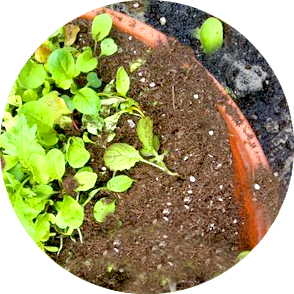Squirrel Damage Identification
Understanding Squirrels and the Damage they Can Cause.
Damaging Property one bite at a time
Squirrels have long been a nuisance for both gardeners and farmers alike. Squirrels are chewers that gnaw on everything they come across in order to see if it’s edible. Squirrels’ teeth grow continuously, and incisors will grow six inches per year, although they stay short due to the constant wear they receive by chewing.
The problems that chewing squirrels can cause has been well documented. They damage birdfeeders, decks, and even building structures, both externally and internally. When squirrels get into an attic, they often chew through power lines, not only cutting off power, but sometimes creating sparks that lead to fire. Once in a house, Squirrels can also munch on or damage insulation, wooden window frames, siding or objects being stored in the attic.
How to Identify Squirrel Damage
Damage in your lawn and gardens from pilfering squirrels includes uprooting of plants and flowers. Look for stripped bark on the trunk of hardwood trees, split shells or husks of nuts and fruit. Check for chew marks on your deck and home structure as well. These are all good indicators of squirrel activity.
Other Signs of Squirrels
Squirrels tracks are about 3cm wide and show four claws of the front feet and five of the back feet, usually widely spaced apart. Droppings are oblong pellets, usually about 3/8 inch long and 1/8 inch in diameter, rounded tips and slightly bulging in the center.
Bobbex-R Repellent to the Rescue
Bobbex-R Animal Repellent naturally repels Squirrels, detering them from plants, gardens, reducing the risk they will be attracted to your home.
Your 100% Satisfaction is our Top Priority!
If you are not satisfied with this product, Bobbex Inc. will refund the suggested retail price or replace it with an item of equal value. Proof of purchase required.

